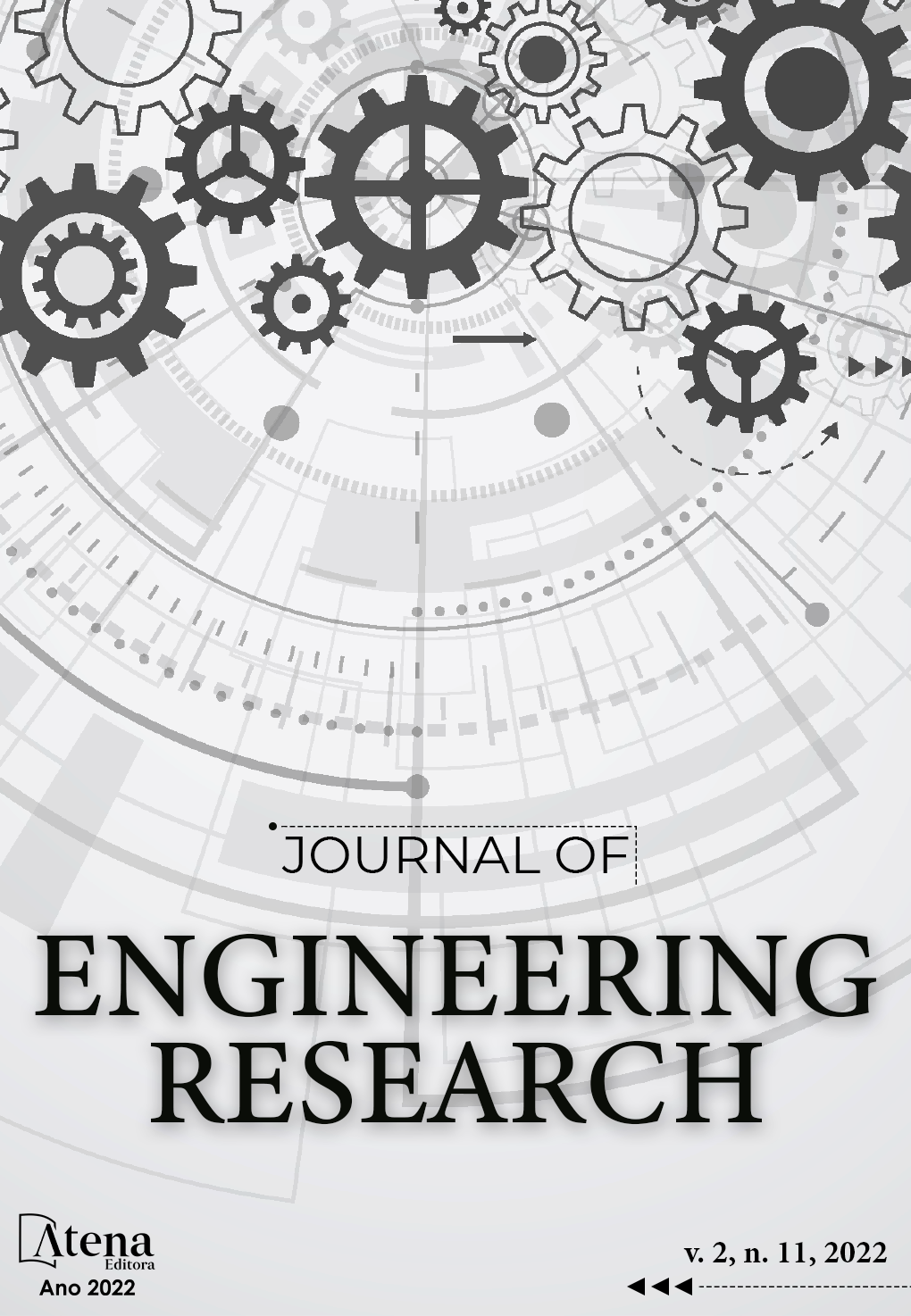
DYNAMIC MODELING AND SIMULATION OF A PLATE HEAT EXCHANGER IN BEER PRODUCTION USING THE EFFECTIVENESS METHOD (NTU)
The waste of drinking water in the cooling of the wort in the production of craft beer is a worrying fact, especially in view of the growth potential of this market. In this sense, the objective of this work was the modeling and simulation of the heat transfer involved in this process through a model implemented in Scilab, to determine the best scenario for cooling the wort, which achieves the desired operating conditions and reduces water consumption. treated. From the simulations, the best operational condition was determined, the one that respects the temperature and the ideal time of the process and consists of recycling only the must. However, in this condition there is no reduction in water consumption, but the waste of about 71 liters of water per liter of refrigerated must. Through numerical optimization, it was found as an ideal scenario for time and temperature, the recycling of only the refrigerant fluid using a 500 liter reservoir.
DYNAMIC MODELING AND SIMULATION OF A PLATE HEAT EXCHANGER IN BEER PRODUCTION USING THE EFFECTIVENESS METHOD (NTU)
-
DOI: 10.22533/at.ed.3172112224069
-
Palavras-chave: Plate changer; wort; NTU; dynamic simulation.
-
Keywords: Plate changer; wort; NTU; dynamic simulation.
-
Abstract:
The waste of drinking water in the cooling of the wort in the production of craft beer is a worrying fact, especially in view of the growth potential of this market. In this sense, the objective of this work was the modeling and simulation of the heat transfer involved in this process through a model implemented in Scilab, to determine the best scenario for cooling the wort, which achieves the desired operating conditions and reduces water consumption. treated. From the simulations, the best operational condition was determined, the one that respects the temperature and the ideal time of the process and consists of recycling only the must. However, in this condition there is no reduction in water consumption, but the waste of about 71 liters of water per liter of refrigerated must. Through numerical optimization, it was found as an ideal scenario for time and temperature, the recycling of only the refrigerant fluid using a 500 liter reservoir.
-
Número de páginas: 14
- Cloé Schiavon Pich
- Bruno Aldrighi Silveira
- Régis da Silva Pereira


